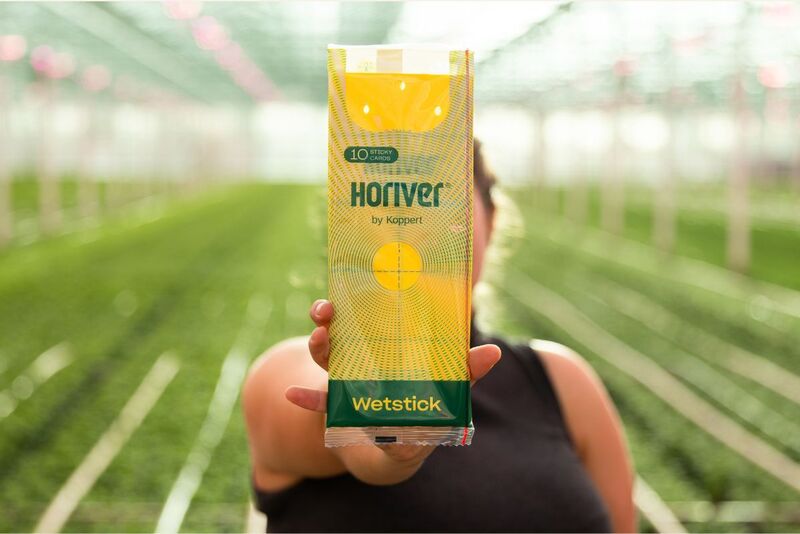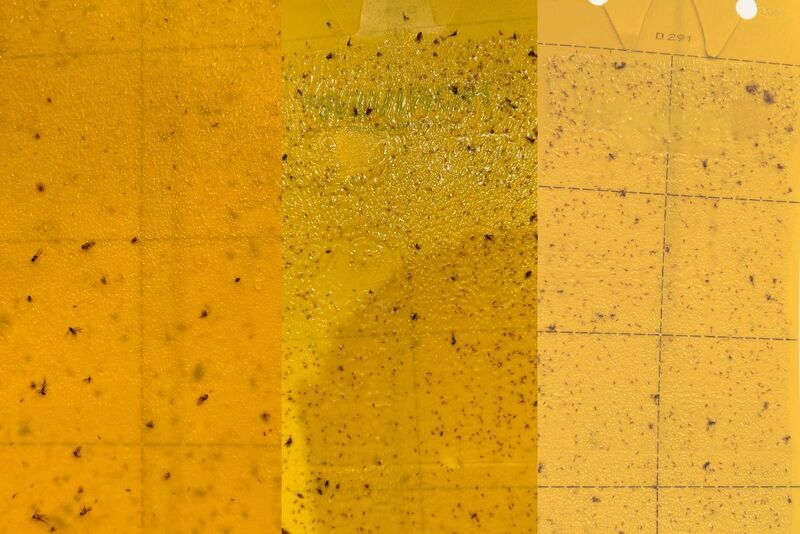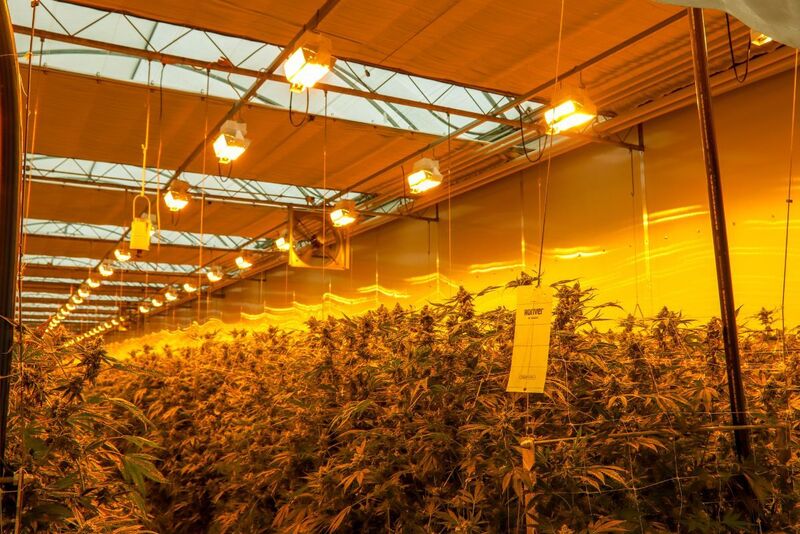As the world faces increasing challenges in agriculture and pest management, innovative solutions are crucial for sustainable and efficient plant cultivation. Among the many technologies available, Horiver sticky cards have emerged as a game-changer. These simple yet powerful tools offer growers a cost-effective and early pest prevention method to manage insect populations. In this blog post, we will explore the benefits of using Horiver sticky cards and delve into their functionality and effectiveness in attracting, trapping and monitoring pests.
What are Horiver Cards?
Horiver sticky cards are adhesive traps designed to capture flying insects in growing spaces. These cards are made of high-quality material coated with a non-drying glue on one or both sides. They come in various colors, which are specifically chosen to attract certain types of insects. The sticky surface provides an irresistible landing spot for insects, trapping them upon contact and preventing their escape.

What are Horiver Cards used for?
Horiver sticky cards are excellent tools for detecting and monitoring the presence of pests in a particular area of a crop. By placing the cards strategically you can:
- Identify the pest species
- Assess the severity of the infestation
- Monitor the population dynamics
- Monitor activity levels of pest over time
By regularly inspecting the cards, you can:
- Track the number of insects caught
- Determine if the pest population is increasing or decreasing.
This information is crucial for developing effective pest control strategies and evaluating the success of treatments.

How do Horiver cards work?
The bright colors of Horiver sticky cards act as a visual attractant to flying insects. Different colors appeal to specific types of pests, making them more effective in targeting particular species. The cards essentially mimic the visual cues that insects use to locate hosts or breeding sites, thereby drawing them towards the trap. For example, the Spotted Wing Drosophila (Drosophila suzukii) lays its eggs in berry fruit, so this insect tends to be more attracted to red cards. Once lured by the colors, insects land on the sticky surface. The non-drying adhesive glue ensures that any insect coming into contact with it becomes stuck, unable to escape. This immediate capture prevents pests from causing further damage to plants, halting their lifecycle and reproductive activities. Think about it, if one female thrips adult is caught in a Horiver card this prevents 150-300 new thrips from developing in your crop.

Where should I place Horiver Cards in the crop?
When using Horiver sticky cards in a crop setting, strategic placement is essential for effective monitoring and control of pests. Identify areas within the crop where pest activity is likely to be concentrated. These can include border zones (entry points, ventilation openings, corners, walls), transition areas (where different crops meet or where the crop transitions from one growth stage to another), problematic areas (pest breeding grounds or locations with previous pest infestations), and areas outside the growing facility (to get a more comprehensive picture of pest activity around your facility).

Does the placement of Horiver cards affect the monitoring of specific pests?
Yes, for foliage or flower pests, position Horiver sticky cards within the crop canopy.
In tall crops like cucumbers, tomatoes, and peppers, position cards just above the top of the canopy and adjust while plants grow.
When it comes to crops with a low canopy like strawberries, lettuce etc., support the cards by canes or wire holders and install them maximum 30cm above the crop.
For crops like cannabis and tropical houseplants, place the cards above the top of the canopy, but make sure the cards are far enough away from artificial lights. The lights have been known to melt the cards, if the lights release a lot of heat.
Finally, if you are trying to capture soil-dwelling pests, like fungus gnats, shore flies, root aphids, or thrips pupae, place the cards near the soil line for all crops.

Expanding Our Range: What products/colors to use on what pest?
We now offer a wide range of Horiver traps, each designed to target specific pests in growing environments. By understanding the characteristics of each trap, you can optimize your pest control strategies and cultivate healthy, thriving crops.
- Horiver Wet: These traps arrive with ultra sticky glue, providing a large tacky surface for capturing flying insects. This trap has been proven to catch an above-average amount of whiteflies.
- Horiver Dry: This card is more user-friendly because the traps leave no glue stain. Depending on color, it is effective for a number of pests including thrips, fungus gnats, and shore flies. The yellow card is extremely attractive to the harmful Nesidiocoris bug.
- Horiver Disc: This card has been designed to fit around the stem of a plant – ideal to trap pests active both above and below the ground. It has been specifically adapted to trap root aphids and fungus gnats and has two attachment points for drip irrigation.
- Horiver Delta: With its large sticky surface area, Horiver Delta has glue on both sides of the card and can be folded into a large trap. Apply a pheromone dispenser to the inside of this trap and pests can be caught on both surfaces. Used mainly for moths and mealybugs.
We also have Horiver traps in various colors, each chosen to attract specific pests. Here is a breakdown of the colors and the pests they are particularly effective against:
